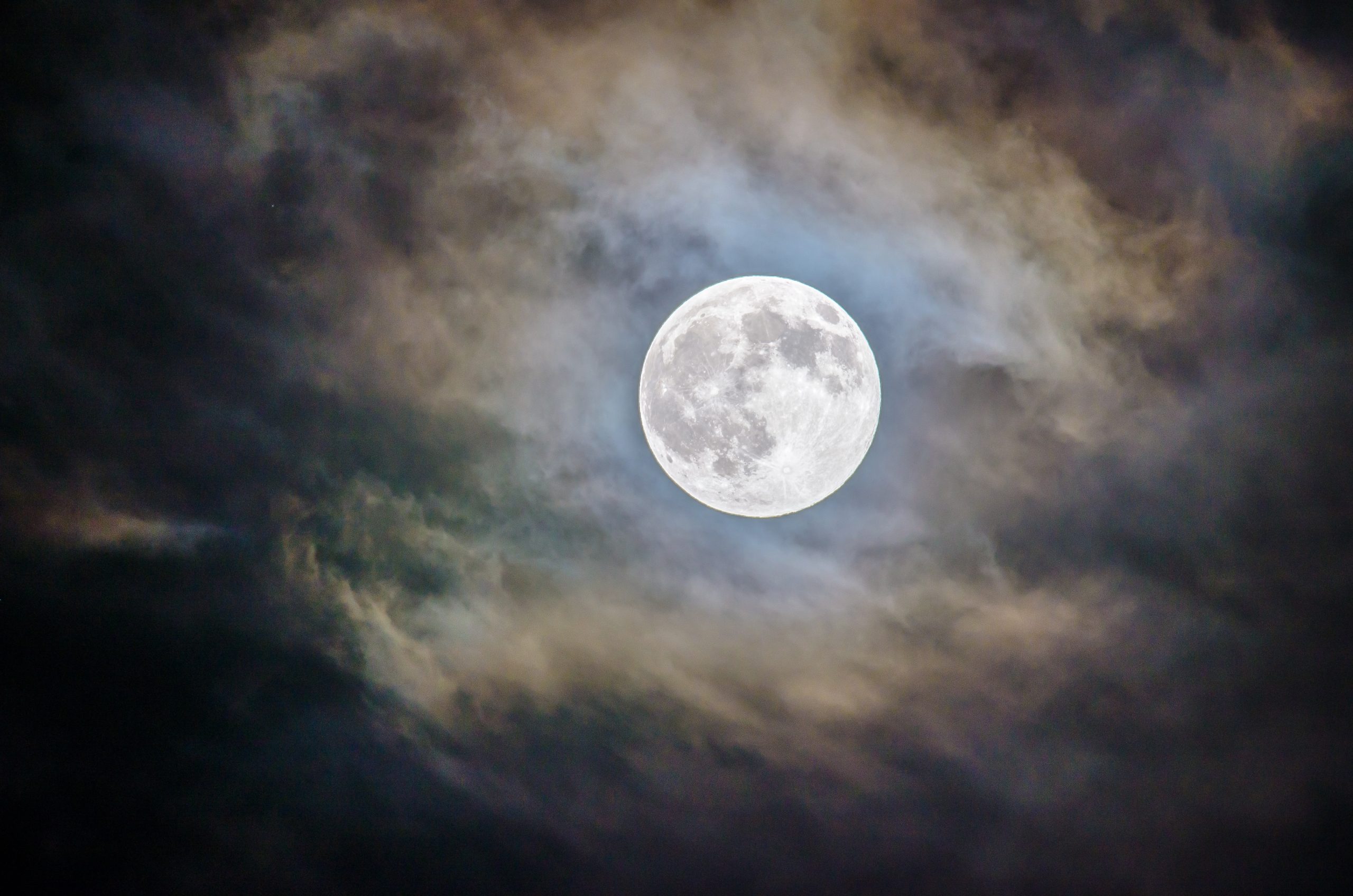Is the Moon Cycle Really 28 Days?
Ah, the moon. That celestial body that has captured the imagination of humans since time immemorial. From inspiring countless myths and legends to serving as a navigational tool for sailors, the moon has always held a special place in our hearts and minds. But how much do we really know about it? One often repeated fact is that the moon cycle is 28 days long. Is this statement accurate, or is there more to the story? Let’s dive into the fascinating world of lunar cycles and find out.
The Basics: What is a Moon Cycle?
Before we delve into the 28-day claim, let’s take a moment to understand what a moon cycle actually means. A moon cycle, also known as a lunar cycle or lunar month, refers to the time it takes for the moon to complete one full orbit around the Earth. During this cycle, the appearance of the moon in the night sky goes through various phases, such as new moon, first quarter, full moon, and last quarter.
On average, a lunar cycle lasts approximately 29.5 days. This duration is known as the synodic month, which is the time it takes for the moon to return to the same phase as observed from Earth. So, right off the bat, we see that the commonly cited 28-day figure may need some further exploration.
The 29.5-Day Reality: The Synodic Month
In astronomy, the synodic month is considered the most relevant to human timekeeping, as it is based on the relative positions of the Sun, Earth, and Moon. The length of a synodic month can vary slightly due to factors like the elliptical nature of the moon’s orbit and gravitational influences from other celestial bodies. However, the average duration of 29.5 days remains the standard.
The reason a synodic month is longer than a calendar month is because our typical months are based on the solar calendar. Our Gregorian calendar, for example, is designed to align with the Earth’s revolution around the Sun, which takes approximately 365.25 days. This misalignment between the lunar and solar calendars is why the dates of Muslim festivals, such as Ramadan and Eid, change each year, as they are based on lunar observations.
The Influence of Lunar Phases on the 28-Day Myth
So, where does the notion of a 28-day lunar cycle come from? It partly stems from the recognition that the lunar phases repeat roughly every 28 days. If we take the time between consecutive new moons or full moons, we find that it averages around 29.5 days, very close to a synodic month.
So why the discrepancy? It turns out that some ancient cultures, notably the Romans, used a 28-day lunar calendar. This calendar divided the lunar month into four 7-day weeks, with each week corresponding to a different phase of the moon. This simplified calendar system disregarded the slight variations in the synodic month, leading to the belief that a lunar cycle is exactly 28 days long.
| Lunar Phase | Average Duration (Days) |
|---|---|
| New Moon | 0 |
| First Quarter | 7 |
| Full Moon | 14 |
| Last Quarter | 21 |
As the 28-day myth became entrenched in popular culture, it found its way into various artistic and literary works. The menstrual cycle of women, which often aligns with the lunar cycle, further reinforced the idea of a 28-day lunar month. However, it is important to note that not all women have cycles exactly 28 days long, and the correlation between menstrual and lunar cycles is more complex than a simple numerical match.
The True Length of a Lunar Cycle: 29.5 Days
Throughout history, astronomers and scientists have meticulously observed and measured the lunar cycles. By recording the positions and phases of the moon, they have determined that the true length of a lunar cycle, as we have already mentioned, is around 29.5 days. This duration accounts for the slight variations caused by the moon’s elliptical orbit and gravitational interactions with the Sun and other celestial bodies.
Furthermore, space missions, such as NASA’s Apollo missions, provided us with even more accurate measurements of the moon’s orbit. The data collected during these missions allowed astronomers to refine their calculations and better understand the complex mechanics of lunar cycles.
In Conclusion: The Moon’s Cycle is Approximately 29.5 Days
Though the commonly cited figure of a 28-day lunar cycle is deeply ingrained in popular culture and mythology, it is not entirely accurate. The moon’s synodic month, which represents the complete cycle from one new moon to the next, lasts on average around 29.5 days. Variations in the moon’s orbit and the influence of other celestial bodies contribute to this discrepancy.
While the 28-day myth may be appealing for its simplicity and numerical neatness, it is crucial to rely on scientific observations and measurements to obtain a more accurate understanding of lunar cycles. Let us continue to marvel at the moon’s beauty and mystery, armed with the knowledge that its true cycle is a tad longer than the popular belief.
Table of Contents
